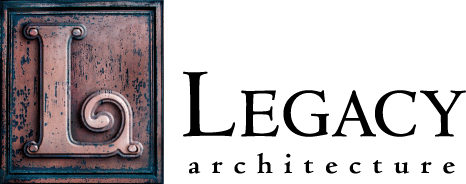Downtown Historic District Plan Gets Positive Reception
Feldner, Emmitt B. The Plymouth Review, November 27, 2014.
A first look at plans for a downtown historic district got a warmer reception than the weather outside Monday.
Jennifer Lehrke of Legacy Architecture in Sheboygan presented information on the program, which provides federal and state tax credits for approved rehabilitation projects on buildings within the district, during a session at the Plymouth Arts Center.
Peggy Veregin, interim National Register Coordinator for the State Historical Society of Wisconsin, joined Lehrke by phone to outline the program for more than two dozen business and property owners and city officials.
The proposal is being sponsored by the Redevelopment Authority as part of its efforts to enhance and strengthen downtown.
"This has no impact related to how the city assessor assesses a property." City Administrator Brian Yerges assured those in attendance. "All we are looking at doing is opening up an opportunity for tax credits."
"What changes? Nothing changes," Veregin added. "There are no restrictions. You do not need to get approval from our office (for a building project in the district). You can ignore that you’re in a historic district if you want to, or embrace the tax credits. You do not have to apply for the tax credits if you do work on your building."
Lehrke, who said she has worked on similar districts – both business and residential – in other cities, said the tax credits are generally 20 percent on both the state and federal level.
Those credits, she added, can be spread out over a number of years if it is beneficial to the property owner.
Obtaining the credits for a project is a three-step process, according to Lehrke.
The first and easiest is to determine if the property is eligible. "If it's listed (in the historic district), it's already eligible," she said.
The second step is to explain the project in detail and how it meets the goal of historic preservation or restoration.
That has to be approved by both the state historical society and the National Parks Service, which oversees the historic district program.
Finally, Lehrke said, when the project is finished the property owner must submit documentation that the work has been completed as planned in order to get the tax credit.
The district itself must also be approved by the State Historical Society of Wisconsin and the National Parks Service. Veregin said that process typically takes about a year.
Lehrke emphasized that any application for a district would not go forward without support from those directly involved.
"It's a majority rules type of thing," she told the audience. "If 50 percent of the property owners would object, the nomination would fail."
"The boundaries would be determined based on research and the integrity of the buildings," Veregin - who visited downtown Plymouth last month during the SHS meeting in Elkhart Lake - said. “We always look for buildings that contribute to the unity of the place."
"We will be looking at each building. If a building has been remodeled in an inappropriate way, it may be excluded," Lehrke said.
She added that the criteria would not necessarily be the way a building looked when it was first built or its 19th or early-20th century appearance.
Lehrke noted that building remodeling done in the mid-20th century can still be considered historically significant and worth preserving in some cases.
The cost to the city of applying for the historic district designation could be covered completely by a grant from the State Historical Society of Wisconsin.
"This is something w'’d like to try to move forward and get established as soon as possible," Yerges stated.
In a show of hands, there was no opposition to proceeding with the application process.

.jpg)